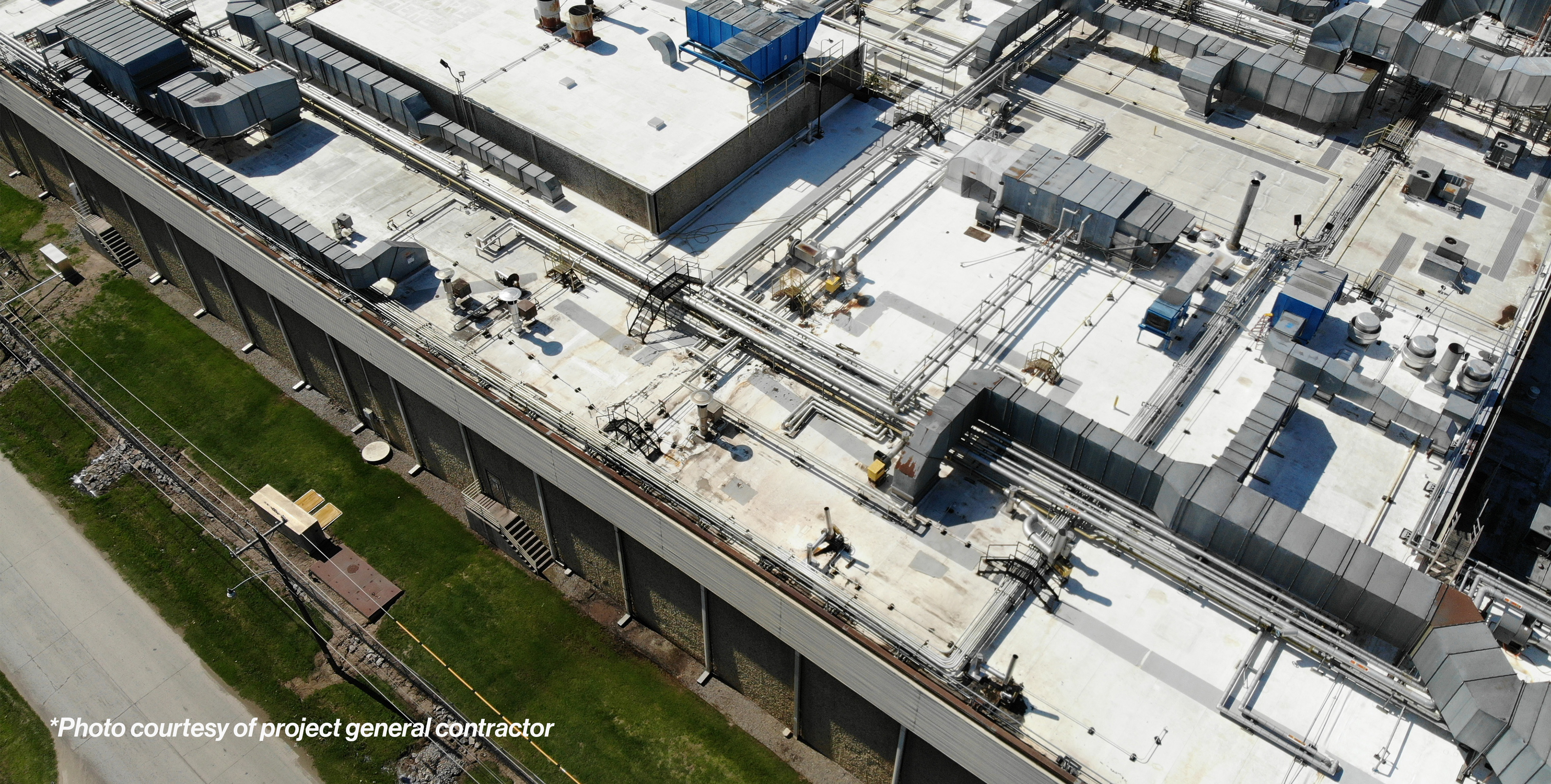The fourth installment of this 5-part series was first published on the Convenience Store News Blog.
The question of how electrification will play out for the convenience store industry is taking on increasing importance.
As retailers work with AE and design firms to develop electric vehicle (EV) centric prototypes, they need to assess both the opportunities and challenges that are likely to arise. That means examining not just the implications for site and store design, but also how improving technology, evolving utility policies and the potential actions of government regulators could affect the economics of charging infrastructure.
But context is everything. C-stores that operate in markets with the highest rates of EV adoption may need to begin tackling these questions now. Elsewhere, it could be years before the average c-store replaces fuel pumps with high-speed EV chargers. (In Norway last year, EVs accounted for nearly two-thirds of all new vehicles sold, compared to about 3 percent in the United States during the same period.)
E-Charging Business Decisions
As EVs become more commonplace, c-stores may need to decide:
- Whether to install EV chargers at all;
- How many to install;
- The role, if any, of third-party providers; and
- How to integrate EV charging into digital pay/loyalty ecosystems.
Third-party EV charging companies like Tesla, Electrify America and EV go already offer retailers an array of options. Third-party business arrangements typically include situations where: the third-party operator covers all the costs (capital, operating, construction, permitting and maintenance) in exchange for being allowed to install the charging station on site; or the retailer pays for the electrical infrastructure, with the third party installing the charger at no cost and the two parties then splitting the generated revenue.
At least for now, the EV charging revenues in question will likely be nothing close to what conventional fuel pumps generate. As some analysts see it, EV drivers will continue to charge their cars at home or work, where electricity costs a lot less per kilowatt hour, with c-stores being used in emergencies to “top off” an existing charge or when far from home.
That picture could change for the better with massive public- and private-sector investment in EV charging infrastructure — including jettisoning unfavorable rate policies maintained by many utilities, and creating a wide array of new incentives designed to make charging infrastructure more cost-effective.
Branding & Design Opportunities
Retailers that own and operate EV charging infrastructure could likewise integrate charging information and promos into their existing digital pay and loyalty apps.
Apps offered by third-party EV charging companies already steer drivers to sites that offer the service. However, they typically do not connect to retailers’ point-of-sale systems and loyalty and promotion platforms. The potential for such integrations is intriguing: they could give retailers access to new pools of customers, and also yield more data on what is happening with EV charging stations on their properties.
With respect to site plans, e-charging can create opportunities to roll out amenities and product offerings that keep customers engaged — and spending money — while they wait. However, charging times also represent an area of competition and risk.
Consumers learn to avoid gas stations with slow fuel pumps. In much the same way, EV customers will aim to go where they can recharge their vehicles the quickest. In fact, EV customers already use apps to figure out where they can get a quick charge even before leaving their home or workplace.
Clearly, retailers that go big and offer fast charging will have an advantage with the savviest EV customers. And fortunately, shoppers can safely leave their e-vehicles unattended and go shop while they recharge (something they cannot do with conventional cars due to the physical risks of fuel spills). This can translate into opportunities to use store design — gondolas, end caps, signage and more — to spur more impulse buys, and build brands around sustainability and all things clean and green.
C-stores could also serve these customers by rolling out stronger foodservice programs offered within larger dining areas (equipped with Wi-Fi connectivity) or in-store countertops with phone chargers and digital menu screens.
Electrification could also translate into a greater overall need for space and/or the reallocation of space at existing sites. C-stores and their AE and design firms will likely need to take a more flexible approach to store prototypes — supersized sites with two dozen EV charging stations, midsized models with just a few, and mini-stores with one or none. A modular approach to design could drive greater prototype flexibility.
That said, the limitations of local utility grid assets will be a key consideration in how much EV fast charging — which at peak times can draw more power than the actual store — can be permitted and installed at a given location. To make sure the connected load never becomes unmanageable, many EV fast-charging manufacturers already install equipment that governs peak power draws across multiple ports; a literal cap on charging speed.
Utilities eventually will develop more nuanced approaches to charging infrastructure that will allow for maximum charging speeds by their customers. For now, though, EV charging capacities at the store level will continue to depend on the answers to complex engineering questions, not just customer demand.
Meanwhile, new building codes continue to force retailers to improve building efficiencies, a trend that is likely to accelerate. AE firms will continue to redesign and optimize sites and stores to meet these new energy-efficiency requirements. The great news here: At a time when many C-suites are looking for opportunities to take meaningful climate action, installed EV charging stations are a highly visible way to walk the talk in the communities they serve.
Joseph Bona is founding partner and president of Bona Design Lab, which has elevated the retail experience on behalf of convenience store clients such as Shell Select, Alltown, Migrolino (Switzerland), Ipiranga (Brazil) and Adnoc Oasis (UAE). He can be reached at joseph@bonadesignlab.com.
James Owens, AIA, NCARB, is a vice president and shareholder at HFA, which leverages decades of experience in architecture, engineering and design to find solutions for c-store leaders. The firm’s client list has included Love’s Travel Stops, Kum & Go and EG America, to name a few. He can be reached at james.owens@hfa-ae.com.


.png)
.jpg)



.png)
.jpg)




